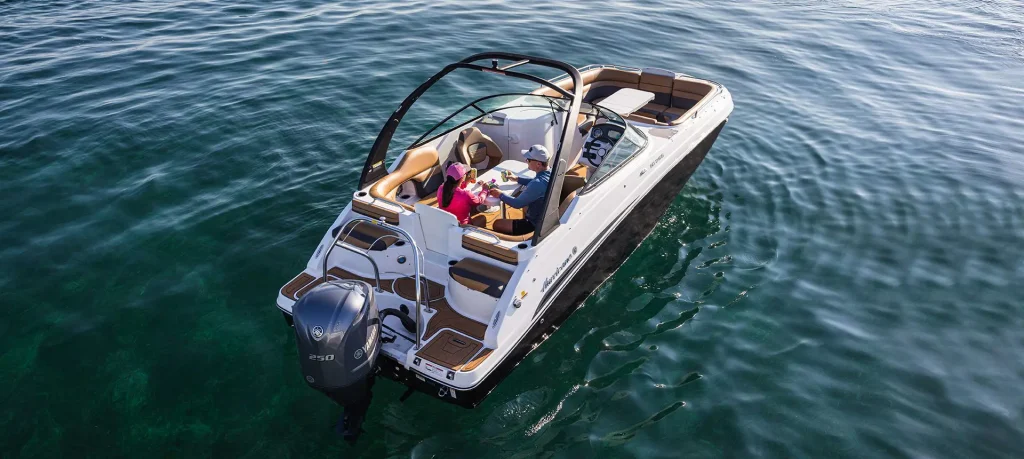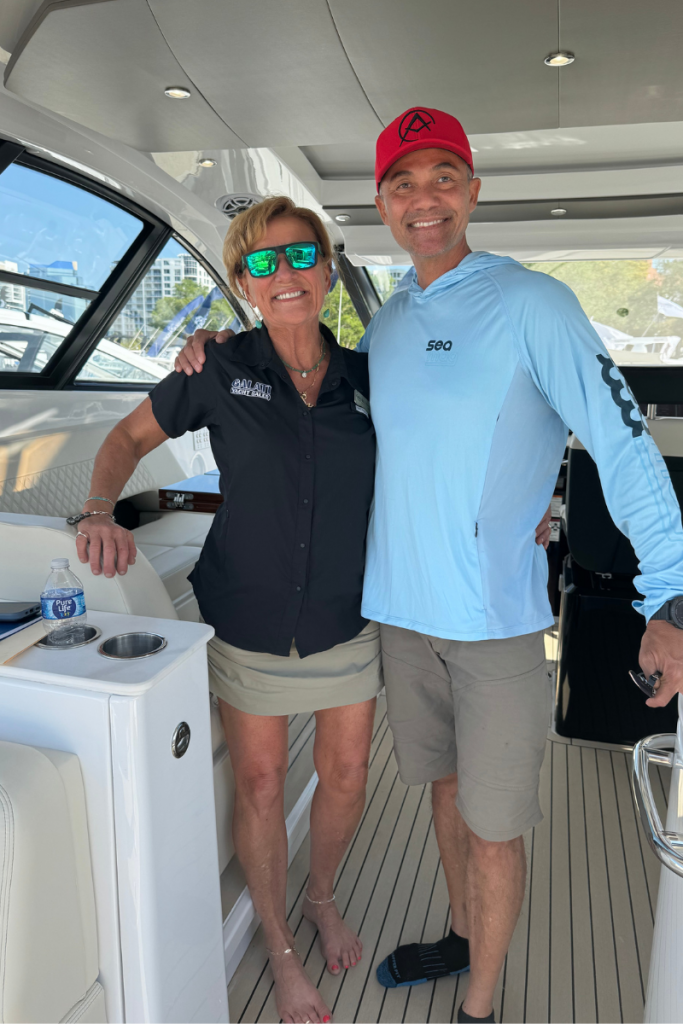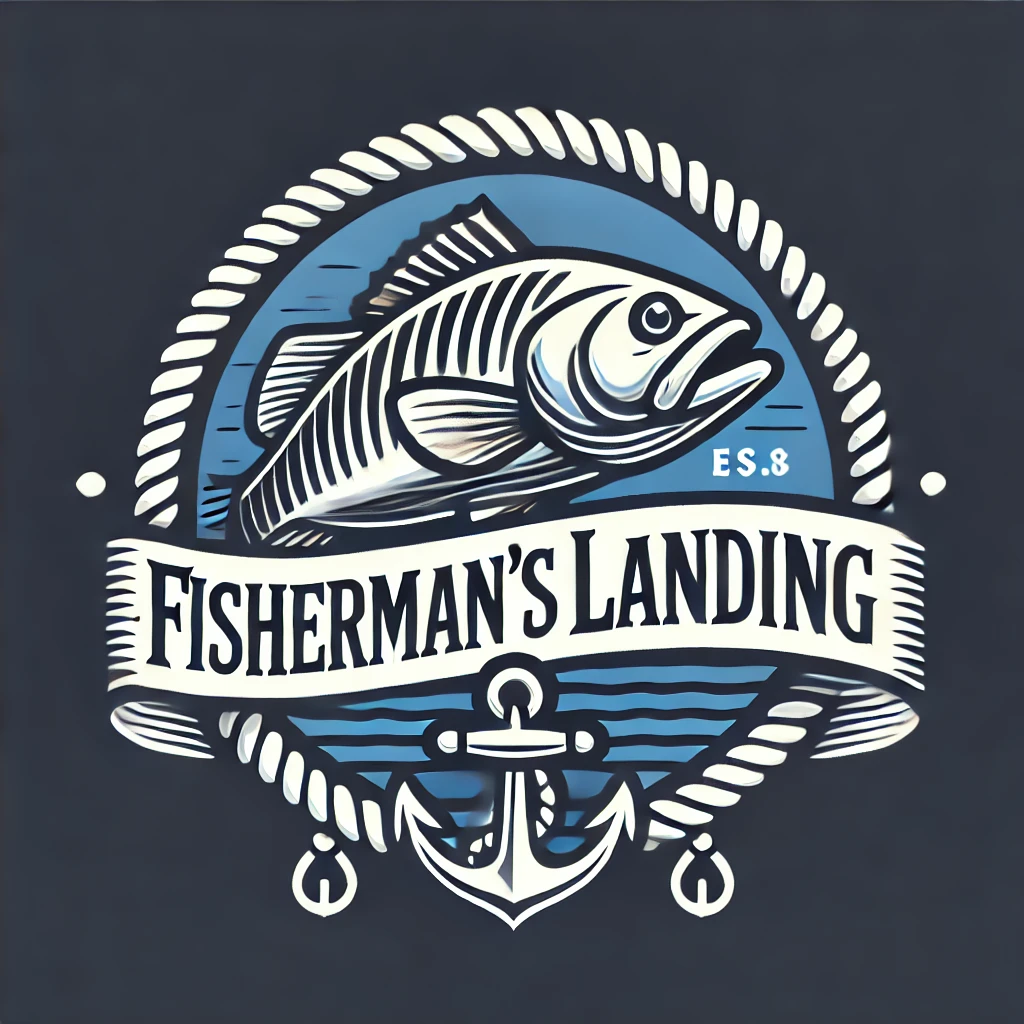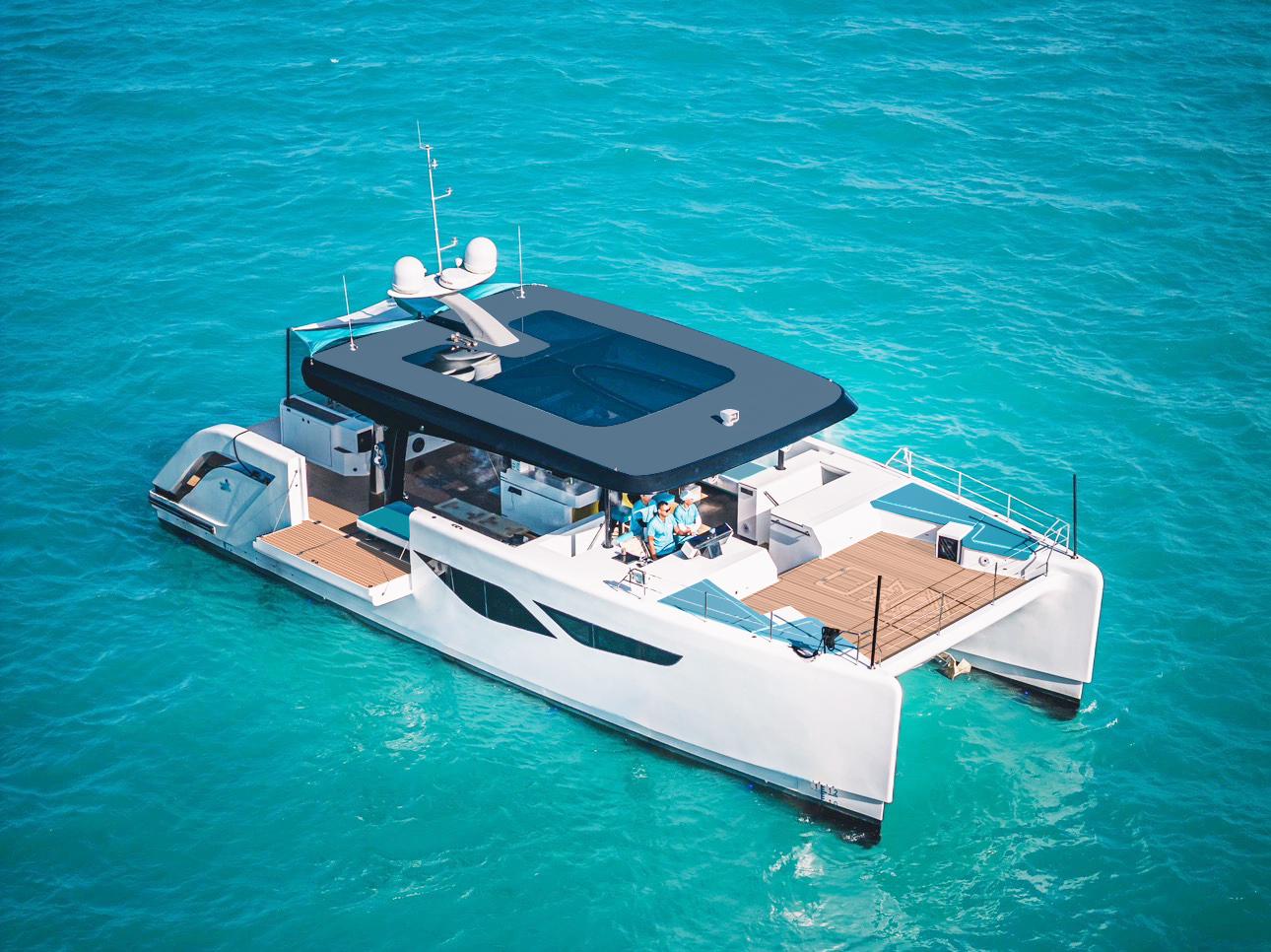Boat Financing: Key Factors to Secure Your Dream Vessel
Purchasing a boat can be an exciting venture, but understanding the intricacies of boat financing is crucial for a smooth experience.

Securing the right boat loan involves considering factors like loan amount, interest rate, and monthly payments. Making informed decisions based on these factors can save you a significant amount of money over time.
Eligibility for boat financing often hinges on your credit score and financial history.
Lenders assess your ability to repay the loan by evaluating these aspects.

It's essential to know your credit status and improve it if necessary before applying for a loan.
Comparing different lenders through tools like those offered by BoatUS or NerdWallet can help you find competitive rates that suit your needs.
Choosing the right boat loan not only involves selecting a lender but also understanding the terms and conditions.
Interest rates and loan terms can vary greatly, so utilizing resources such as Forbes Advisor or Bankrate will aid in identifying the best options available.
Consulting these guides ensures that you are aware of all potential costs and can budget accordingly.

Key Takeaways
- The right boat loan considers loan amount, interest rate, and monthly payments.
- Eligibility depends on credit score and financial history.
- Comparing lenders helps in finding the best rates and terms.
Understanding Boat Financing
Understanding how to finance a boat can save you money and time.
Key factors to consider include the types of loans available, the loan terms, interest rates, and the importance of your credit history and score.
Secured vs. Unsecured Loans
A secured loan uses the boat itself as collateral. This means if you fail to repay the loan, the lender can seize the boat.
Secured loans often come with lower interest rates because they are less risky for lenders.
On the other hand, an unsecured loan does not require collateral. These loans are riskier for lenders and can come with higher interest rates.
Unsecured loans rely more heavily on your credit history and score.
Choosing between secured and unsecured loans depends on your financial situation and risk tolerance.

Loan Terms and Repayment Terms
Loan terms for boat financing can vary widely. They typically range from 2 to 20 years.
Shorter term loans have higher monthly payments but you pay less interest over time.
Longer terms lower your monthly payments, but increase the total interest paid.
Repayment terms are influenced by the loan term and the interest rate.
Fixed-rate loans have the same monthly payment throughout the term.
Adjustable-rate loans have fluctuating payments based on market conditions.
Understanding these terms helps you budget effectively and choose the best option for your financial situation.

Interest Rates and APR
Interest rates on boat loans can vary greatly. They generally range from 8% to 35% based on your creditworthiness.
A high credit score can secure you a lower interest rate.
It's crucial to compare rates from multiple lenders.
The Annual Percentage Rate (APR) includes the interest rate plus any additional fees or costs.
It provides a more comprehensive picture of the total cost of the loan.
When comparing loans, always look at the APR instead of just the interest rate to understand the true cost.

The Role of Credit History and Credit Scores
Credit history and credit scores play a major role in boat financing.
A higher credit score can get you a lower interest rate, saving you a significant amount of money over the loan term.
Lenders view a strong credit history as less risky.
Poor credit history may limit loan options and result in higher interest rates.
It's advisable to review your credit report and address any issues before applying for a boat loan.
Improving your credit score can open up better financing options, making boat ownership more affordable.
Eligibility and Requirements
To qualify for a boat loan, understanding what lenders look for is essential.
They typically evaluate your credit score, income, debt-to-income ratio, and the collateral offered.
Evaluating Your Creditworthiness
Credit score plays a crucial role in boat loan approval. Most lenders prefer a FICO score of 670 or higher.
A higher score can lead to better interest rates and loan terms.
Lenders use this score to assess your reliability for repaying the loan.
They also examine your credit history to check for any past defaults or late payments.
Maintaining a good credit score includes paying bills on time and keeping credit card balances low.
For more information on this, visit the best boat loan rates.

Income and Debt-to-Income Ratio Analysis
Lenders also look at your income and debt-to-income ratio (DTI).
This ratio measures your monthly debt payments against your gross monthly income.
A lower DTI indicates better financial health. Aim for a DTI below 43%, though some lenders might allow a higher ratio.
Steady and sufficient income proves you can handle additional monthly payments.
Be prepared to provide pay stubs, tax returns, or bank statements.
For more details on qualifying with a good income and DTI, check out Yahoo Finance on boat loans.

Understanding Collateral
Boat loans are often secured, meaning the boat itself serves as collateral. This gives lenders a way to recover the loan if you default.
The boat's age and condition can affect eligibility and loan terms.
Typically, newer boats are easier to finance compared to older ones.
Some loans may also require a down payment, often around 10-20% of the boat's price.
Proper documentation of the boat, like a sales agreement or title, will be necessary.
Visit Forbes on the best boat loans for more insights on secured boat loans.
Choosing the Right Boat Loan
Finding the right boat loan can be a complex process, but understanding key elements like lenders, loan terms, and interest rates helps streamline the decision-making.
This section breaks down how to effectively compare lenders and loan options, why competitive rates matter, and whether to choose a marine lender or a credit union.
Comparing Lenders and Loan Options
Boat loans come from various lenders, including banks, online lenders, and marine lenders. Each offers different terms and benefits.
For example, some lenders specialize in boat loans and understand the intricacies of marine financing, offering better rates and terms.
Platforms like Forbes provide lists of top lenders, making the selection process simpler.
Online lenders often provide quick approval processes and competitive rates.
Credit unions may offer lower rates for members but might have stricter eligibility requirements.
Comparing these options involves looking at the annual percentage rate (APR), loan terms, fees, and customer reviews.
It’s crucial to understand what each lender offers to make an informed choice.

The Importance of Competitive Rates
Interest rates significantly influence the total cost of a boat loan.
Lower rates mean lower monthly payments and less paid in interest over time.
For instance, a four-year, $30,000 boat loan with a 15% APR results in high monthly payments and substantial interest costs, as noted by NerdWallet.
Borrowers should shop around to find the best rate. Factors such as credit score, loan amount, and term length affect the rate offered.
Using comparison tools and checking with multiple lenders helps identify the most competitive rates.
It’s also beneficial to understand the difference between fixed and variable rates. Fixed rates remain consistent, while variable rates can change, affecting your loan cost.

Marine Lender vs. Credit Union
Marine lenders specialize in boat loans, often providing better terms and understanding unique boating needs.
They might offer loans with longer terms or higher loan amounts ideal for expensive vessels.
On the other hand, credit unions may offer attractive rates and personalized service but usually require membership.
When choosing between a marine lender and a credit union, consider factors like interest rates, loan flexibility, and membership benefits.
For example, marine lenders might offer more tailored financing options, while credit unions often have lower fees and better rates for those eligible.
Checking reviews and leveraging resources from Bankrate can also aid in making the right choice.
The Application Process
Applying for a boat loan involves several steps and requires specific documents. Understanding the process and gathering the necessary information can help streamline the application and improve the chances of approval.
Steps to Apply for a Boat Loan
- Determine Loan Purpose: Before applying, decide the purpose of the loan. Will it be for a new boat, used boat, or refinancing an existing one?
- Check Your Credit Score: A healthy credit score is crucial. Lenders typically prefer borrowers with good to excellent credit.
- Research Lenders: Compare loan offers from banks, credit unions, and online lenders. Look at interest rates, loan terms, and repayment schedules.
- Pre-Approval: Obtain pre-approval to understand how much you can borrow. This involves a credit check and a preliminary evaluation by the lender.
- Submit Application: Complete the loan application either online or in-person. Provide accurate details to avoid delays.
- Wait for Decision: After submitting, wait for the lender’s decision. This can take a few days to a week, depending on the lender.

Documentation and Information Needed
- Personal Identification: Ensure you have a valid ID, such as a driver’s license or passport.
- Credit Report: Have a recent copy of your credit report available.
- Lenders will review this to assess your creditworthiness.
- Bank Account Statements: Provide recent statements from your bank account.
- This helps lenders verify your financial stability and liquidity.
- Tax Returns: Collect your recent tax returns.
- Lenders often require these to verify your income and employment status.
- Purchase Agreement: If you have already chosen a boat, include the purchase agreement in your application.
- Financial Information: Additional documents may be needed, such as proof of employment, pay stubs, and details of other debts or loans.
Each lender may have specific requirements, so verify what is needed before submitting your application.
Calculating Costs and Payments
When financing a boat, it is essential to understand the key factors that will impact the overall cost and monthly payments.
These factors include the down payment, loan amount, and the use of a boat loan calculator to estimate monthly costs.
Using a Boat Loan Calculator
A Boat Loan Calculator is a handy tool for estimating monthly payments based on the loan amount, interest rate, and loan term.
To use one, input the loan amount, the annual percentage rate (APR), and the desired loan term (e.g., 10, 15 years).
The calculator will display the estimated monthly payment, helping to budget effectively.
For example, if someone is considering a loan of $50,000 with a 5% APR over 15 years, the calculator can show how much they will pay each month.
This tool is essential for prospective boat buyers to gauge affordability.

Estimating Down Payment and Monthly Costs
Estimating the down payment is crucial. Typically, lenders require 10-20% of the boat's purchase price upfront.
For a $100,000 boat, this means a down payment ranging from $10,000 to $20,000.
Making a larger down payment can reduce the overall loan amount and monthly payments.
Monthly payments are influenced by the loan amount and interest rate. A boat loan calculator can help determine these costs.
For example, a loan of $80,000 at 5% interest over 15 years might result in monthly payments of around $632.50.
Reviewing these costs can assist in planning a realistic budget and ensuring that the boat fits financial constraints.

Finalizing the Financing
When finalizing boat financing, it’s crucial to understand the steps involved in closing the loan and comprehending the loan agreement.
Every detail, from deposit to loan amount, can impact the final purchase price of the boat.
Closing and Disbursement
Closing a boat loan involves several important steps.
First, the buyer and lender will agree on the loan terms, including the deposit amount and interest rate.
The lender may require a down payment, which is usually around 20%.
After agreeing on terms, the loan will move to the disbursement phase.
Funds from the loan are provided directly to the boat dealer or seller.
The entire loan process can be completed quickly if all paperwork is in order.
Buyers should ensure they understand the timeline for disbursement, as it affects when they can take ownership of the boat.
Interest rates, loan terms, and the purchasing price are key factors discussed during closing.
Buyers should review these elements carefully to ensure there are no unexpected costs once funds are disbursed. Properly finalizing these steps can result in a smoother purchase process.

Understanding Loan Agreements
It's essential to read and understand the loan agreement thoroughly.
This document outlines all the terms of the loan, including repayment periods, interest rates, and any fees associated with late payments.
Lenders typically offer longer terms for higher boat loan amounts, sometimes up to 20 years.
Look for clauses about prepayment penalties. Some loans might charge extra if you pay off the loan early.
Knowing these details helps avoid future surprises.
The loan agreement also details the purchase price, and monthly payments.
Understanding each part of this document empowers the buyer to manage their finances effectively. A knowledgeable review of the agreement can prevent misunderstandings down the line.
Additional Financial Considerations
When financing a boat, it's crucial to account for all the costs involved. Beyond the loan payments, boat owners need to consider insurance, maintenance, repairs, and any upgrades to their vessels.
Insurance and Ongoing Maintenance Costs
Insurance is essential to protect the investment in a boat.
Policies vary based on the type of boat, its value, and the owner's boating experience.
Comprehensive coverage includes protection against theft, damage, and liability.
Boat owners should also budget for ongoing maintenance.
Routine maintenance may include engine checks, hull cleaning, and winterization.
These tasks ensure the boat remains in good condition and can prevent more costly repairs in the future.
Neglecting maintenance can lead to higher expenses and reduce the boat's lifespan.

Handling Repairs and Upgrades
Repairs are an inevitable part of owning a boat.
Whether it's fixing a malfunctioning engine or addressing wear and tear, repair costs can add up quickly.
Owners should set aside funds to cover unexpected repairs to keep their boat in safe, working order.
Upgrades can enhance the boating experience and improve the boat's value.
Common upgrades include new navigation systems, improved seating, and aftermarket accessories.
While upgrades may require a significant initial investment, they can be a worthwhile consideration for increasing the boat's functionality and enjoyment.
Careful financial planning for both essential repairs and optional upgrades helps boat owners manage their expenses effectively.
Alternatives and Enhancements
When looking to finance a boat, considering various financing options and understanding the benefits of prequalification and preapproval can significantly enhance the process. These steps ensure borrowers secure the best terms and rates.
Alternative Financing Options
There are several alternatives to traditional boat loans.
Personal loans can be a viable option, especially for smaller loan amounts.
Personal loans are typically unsecured, meaning they don't require collateral, but they might have higher interest rates compared to secured loans.
Another alternative is a home equity loan or line of credit.
These loans use your home's equity as collateral, often resulting in lower interest rates. However, you risk losing your home if you default.
Credit unions and online lenders are also worth considering.
Credit unions often offer lower rates and flexible terms, while online lenders provide quick and easy application processes.
Dealer financing might be convenient as well, but it’s crucial to compare with other offers to ensure competitive terms.

Benefits of Prequalification and Preapproval
Prequalifying and preapproving for a loan brings several advantages.
Prequalification gives borrowers an idea of what loan amounts and interest rates they might qualify for without affecting their credit scores.
It’s a preliminary step that can guide them in setting a budget for their boat purchase.
Preapproval goes a step further, providing a conditional commitment from a lender.
This process involves a more detailed review of credit and financial information.
Preapproval strengthens a buyer's negotiating position with sellers, as it shows they are serious and financially ready.
It also speeds up the final loan approval process since much of the necessary paperwork is already completed.
Additionally, preapproval can lock in interest rates, protecting borrowers from rate increases before closing the deal.
Frequently Asked Questions
This section answers common inquiries about boat financing, covering topics such as credit score requirements, interest rates, repayment terms, and more.
What credit score is needed to qualify for a boat loan?
Typically, a credit score of 700 or higher is recommended to qualify for a boat loan with favorable terms.
Some lenders might approve loans for scores as low as 650, but rates may be higher.
What are the average interest rates for boat loans?
Interest rates for boat loans can range between 4% to 12%, depending on factors like the applicant's credit score, loan term, and the lender.
Current boat loan rates are important to check before applying.
How does boat loan financing work for used vessels?
Financing a used boat is similar to financing a new one.
Lenders may require a down payment of 10-20% of the purchase price. The loan amount and terms can vary based on the boat's age, condition, and market value.
What are the common repayment terms for boat financing?
Boat financing repayment terms generally range from 5 to 20 years.
For example, financing a boat loan of $200,000 might involve a down payment of $40,000 and monthly payments over 15 years.
Is it more difficult to secure financing for a boat compared to other loans?
Securing a boat loan can be more challenging than getting a car loan but often easier than obtaining a mortgage.
Lenders view boat loans as higher risk, and they might ask for more financial documentation compared to auto loans.
Can you obtain boat financing with a poor credit history?
It is possible to get boat financing with a poor credit history. However, it may be more difficult and come with higher interest rates. Some lenders specialize in helping those with lower credit scores, but the terms might be less favorable.
Charlie is Editor-in-Chief of Sea Magazine







